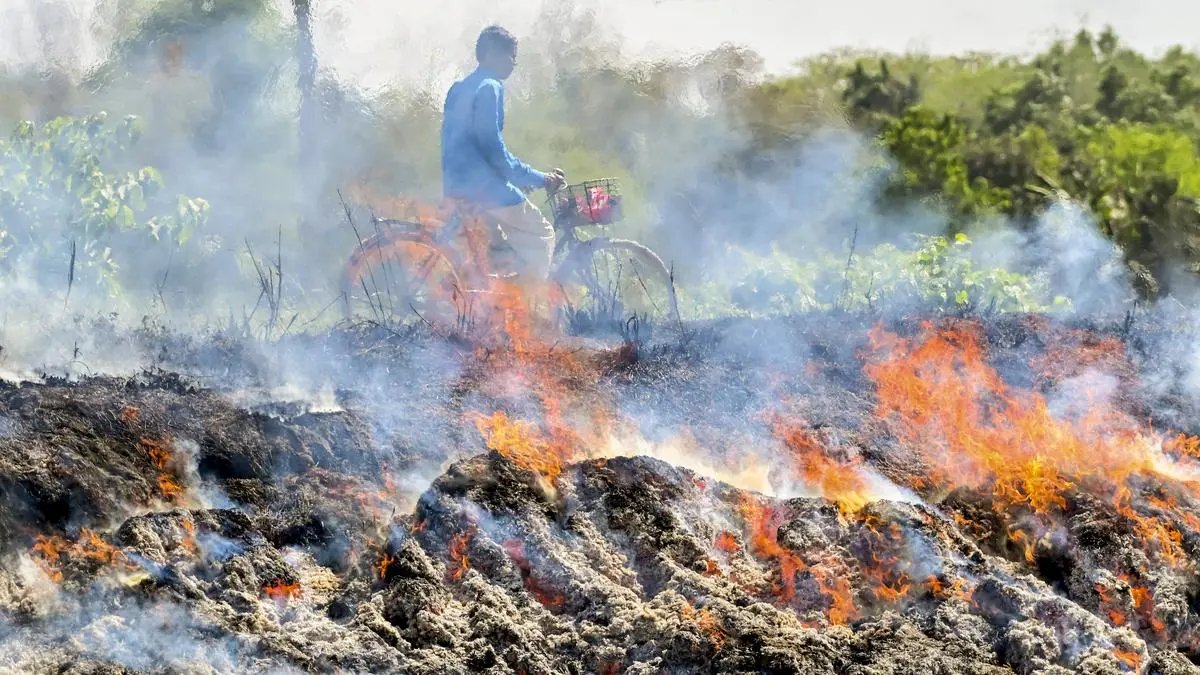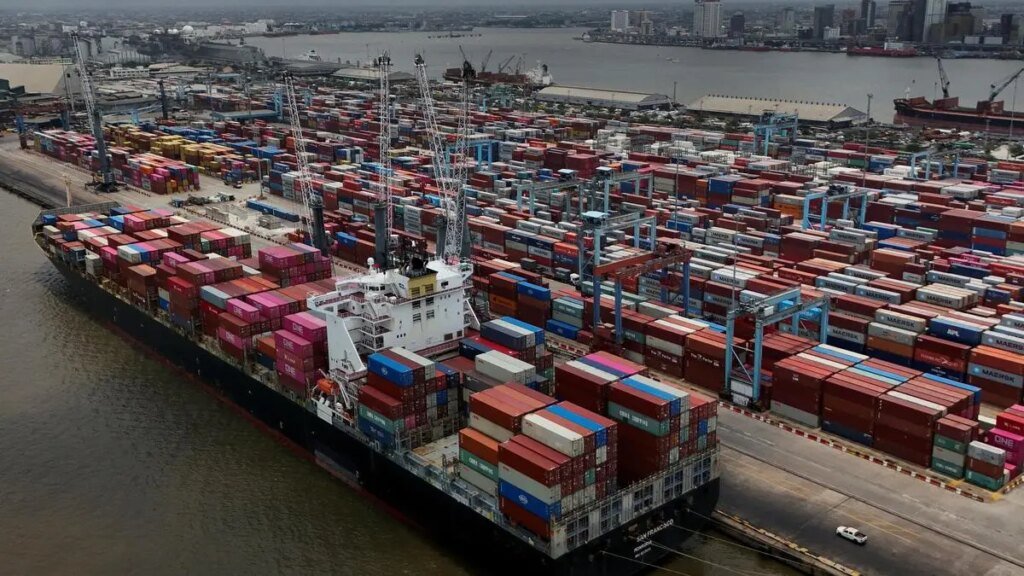Why farmers still choose to burn stubble instead of selling it to CBG plants

Stubble burning remains a big environmental and agricultural issue in India, particularly in Punjab, Haryana and Uttar Pradesh. Even with several campaigns encouraging sustainable alternatives, like providing crop residue to Compressed Biogas (CBG) plants, stubble burning continues to be practiced by many. This causes serious air pollution, like smog in Delhi and its neighbouring areas, and at the same time, it drains the soil health as well. Analysing the problem involves understanding the difficulties farmers and CBG plant owners encounter when attempting to move away from stubble burning.
Understanding the Reasons
Cost-effectiveness and speed: Stubble burning is seen as the cheapest and fastest means of clearing land for the following sowing season. It is particularly difficult for small-scale farmers with limited funds to afford alternative practices like residue incorporation or selling it to owners of CBG. As burning involves no extra cost in labour or machinery, it is an economically viable option for most farmers. Additionally, farmers also believe that stubble burning eliminates pests, weeds and disease organisms in the crop residue. However, CBG plant owners also suffer because of this practice, as they rely on a steady biomass supply that remains inconsistent due to farmers’ reluctance to sell stubble. The absence of a well-established supply chain also interferes with procurement for these plants since it becomes tough to stick to a regular production level.
Lack of a structured market and awareness: A significant barrier for farmers in selling crop residue to CBG plants is the absence of an organised market. Most farmers do not know the possible buyers or find it hard to get access to efficient procurement mechanisms. There is no assured price system, and this deters farmers from looking at stubble as a probable source of income. Therefore, it also creates problems for owners of CBG facilities to obtain sufficient biomass. In contrast to conventional agricultural products, crop residue buying is not centralised and, consequently, results in supply irregularities. With no intermediaries bridging the gap between farmers and plant owners, both parties struggle to establish a reliable business model, highlighted Mr. Prajapati from CEID.
Pricing disparities and fluctuating procurement costs: Farmers often face inconsistent rates for their stubble, ranging from Rs. 200 to Rs. 2000 per tonne, depending on location, type of crop and buyer interest. This lack of uniform pricing makes it difficult for them to plan and negotiate fair deals. Also, the absence of a government-mandated Minimum Support Price (MSP) for stubble further discourages them from selling it. On the other hand, CBG plant owners also struggle with fluctuating procurement costs. Seasonal availability, transportation fees and inconsistent government policies add financial unpredictability, making it hard for them to sustain operations.
Collection, transportation and infrastructure limitations: Farmers do not have much time to clear their fields once they have harvested to get ready for the next planting season. It is logistically difficult to collect and transport stubble to CBG plants, and hence it is not practical for most of the farmers. Without a proper system to collect and store stubble, transportation costs go up, making it harder for farmers and industries to afford.
Similarly, CBG plant owners struggle with securing enough raw materials due to these logistical bottlenecks. Since a single farmer can only supply a fraction of the biomass required for continuous production, the absence of an efficient transportation network directly impacts plant operations.
In response to these challenges, the Government should focus on possible solutions:
Establishing structured market or creating regional collection centers
The government and private sector need to come together to create an organized and governed market for crop residue. The government should focus on introducing a Minimum Support Price (MSP) for stubble so that farmers are paid correctly while raw material prices for the CBG plant are stabilised too. Regional biomass collection centres need to be installed that can provide intermediation among farmers and the owners of the CBG plants. These hubs would help to decentralize the purchase process, mitigate farmers’ transport hassles, and provide regular access to biogas-available stubble.
Enhancing awareness and Incentive programmes
Awareness campaigns among farmers regarding the economic and environmental advantages of selling stubble rather than burning it will facilitate the practice. Government subsidies on transportation and residue management machinery can also induce farmers to opt for sustainable methods. For CBG plant operators, policy interventions ensuring stable procurement pricing and lowering the cost of logistics will stabilize operations.
Public-private partnerships
Encouraging public-private partnerships through subsidies and tax incentives can attract investments in the stubble supply chain. By fostering an organised market structure, both farmers and CBG plant owners can benefit, ultimately reducing reliance on stubble burning.
The issue of stubble burning persists due to a combination of economic, logistical, and awareness-related challenges faced by both farmers and CBG plant owners. Farmers struggle with unstructured markets, pricing disparities, and logistical difficulties, while CBG plant owners grapple with unreliable supply chains, fluctuating procurement costs, and policy gaps. Tackling these issues by way of structured markets, government subsidies, and improved infrastructure can render it a beneficial situation for both parties, which might lead to a substantial reduction in stubble burning and its impact on the environment.
Addressing these challenges involves a multi-pronged effort through policy intervention, financial incentives, technological innovations, and behaviour change strategies. Overcoming these challenges will enable India to cut down on stubble burning to a considerable extent and make the maximum use of agricultural residue as a source of clean energy.
(The author is CTO and Director of CEID Consultants & Engineering Pvt Ltd.)



